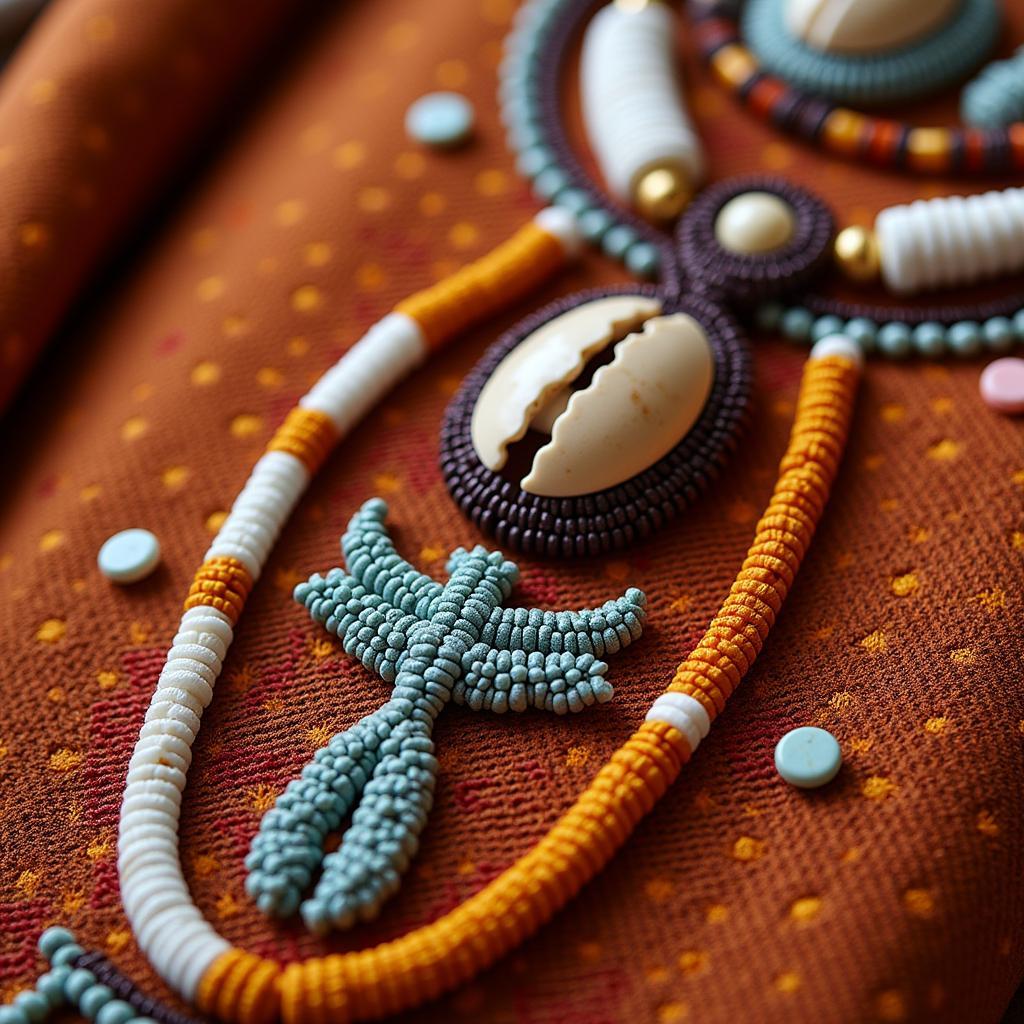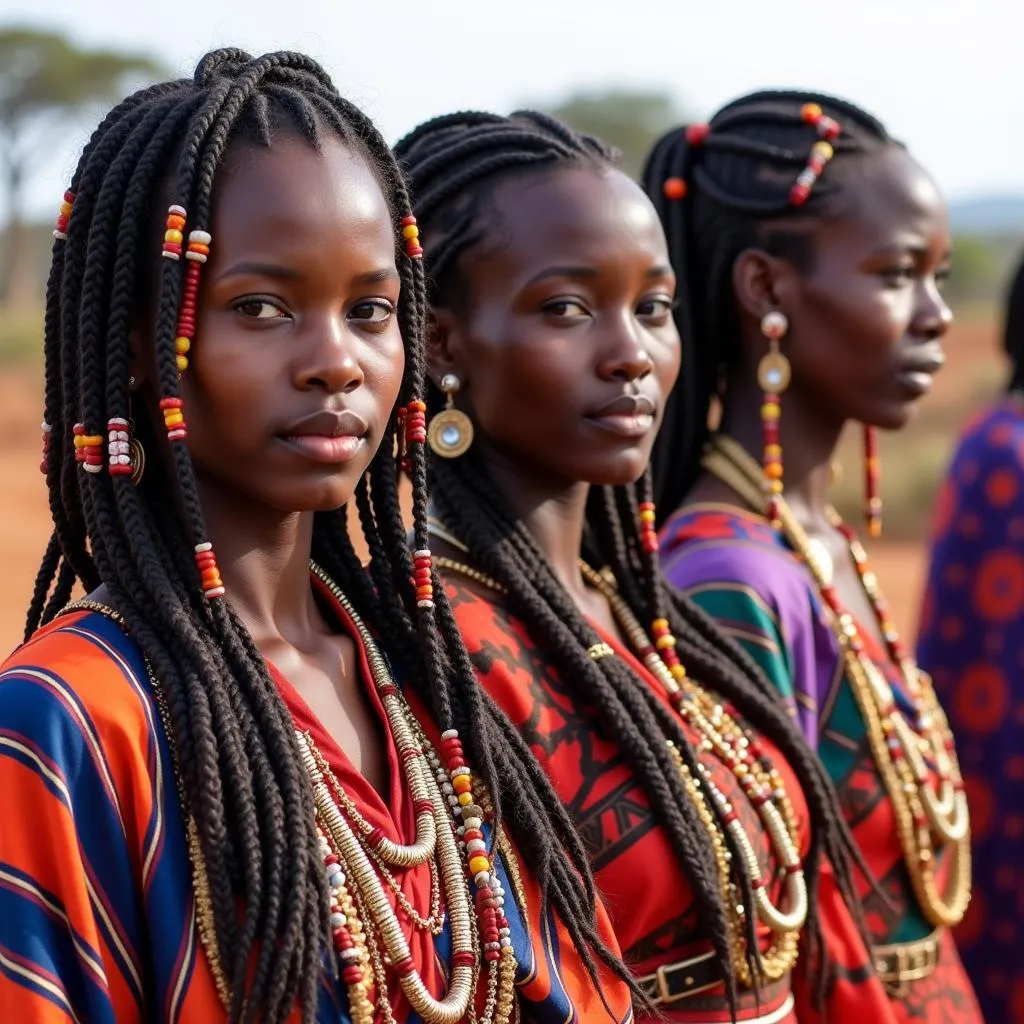African Baby Wraps & Slings: A Timeless Tradition of Love and Practicality
African baby wraps and slings have been an integral part of child-rearing across the continent for centuries. More than just pieces of fabric, these carriers represent a beautiful blend of practicality, cultural significance, and a deep connection between caregiver and child. From bustling markets to rural landscapes, the sight of infants nestled close to their mothers’ backs, secured in vibrant wraps, is a testament to the enduring legacy of this age-old practice.
 African mother carrying baby in a wrap
African mother carrying baby in a wrap
A Legacy Woven Through Generations
The tradition of using baby wraps in Africa is deeply rooted in history, with evidence suggesting its existence for thousands of years. Depictions of mothers carrying their infants in slings can be found in ancient Egyptian hieroglyphics and on rock paintings across the continent. These carriers were, and continue to be, essential tools for women, allowing them to keep their little ones close while tending to daily tasks, from farming and household chores to socializing and trading.
Beyond Practicality: A Cultural Tapestry
African baby wraps are not merely functional; they are often exquisitely crafted pieces of art that reflect the unique cultural heritage of the communities they come from. The choice of fabric, colors, and patterns can hold special meaning, signifying social status, tribal affiliation, or even offering blessings and protection to the child.
For example, the famous Kente cloth of Ghana, with its intricate geometric patterns and vibrant colors, is often used to create wraps that are passed down through generations as cherished family heirlooms. In other cultures, beads, cowrie shells, and amulets are added to the wraps to ward off evil spirits and bring good luck to the baby.
 Close up of African baby wrap details
Close up of African baby wrap details
The Benefits of Babywearing, the African Way
Modern science has come to recognize the numerous benefits of babywearing, many of which African cultures have known intuitively for centuries. Keeping babies close in wraps fosters a strong bond between caregiver and child, promoting a sense of security and comfort that has been linked to reduced crying and improved sleep patterns.
The constant motion of the caregiver’s body while carrying the baby can also soothe and calm the infant, while the upright position can help improve digestion and reduce colic. Moreover, carrying babies allows them to observe the world from a safe and stimulating vantage point, promoting early learning and social development.
Choosing and Using an African Baby Wrap
African baby wraps come in a variety of styles, each with its own advantages and techniques. Popular options include:
- Kanga: This rectangular piece of fabric, commonly used in East Africa, is versatile and easy to tie in various ways, making it suitable for different ages and carrying positions.
- Wrapper: Found in West African countries like Nigeria and Ghana, the wrapper is a long, rectangular piece of fabric that offers excellent support and can be adjusted to fit different body types.
- Sling: Made from a single piece of fabric worn over one shoulder, slings are particularly convenient for short periods and offer quick and easy access to the baby.
When choosing a wrap, it’s important to consider factors such as the baby’s age and weight, the desired carrying position, and personal comfort. Numerous online resources and communities offer guidance on tying techniques and safety precautions for using African baby wraps effectively and securely.
Embracing Tradition, Embracing Connection
African baby wraps and slings are a testament to the continent’s rich cultural heritage and the deep understanding of the bond between caregiver and child. These beautiful and practical carriers offer a timeless solution for keeping little ones close, promoting their well-being, and fostering a sense of love and security that forms the foundation for a strong and healthy start in life.

